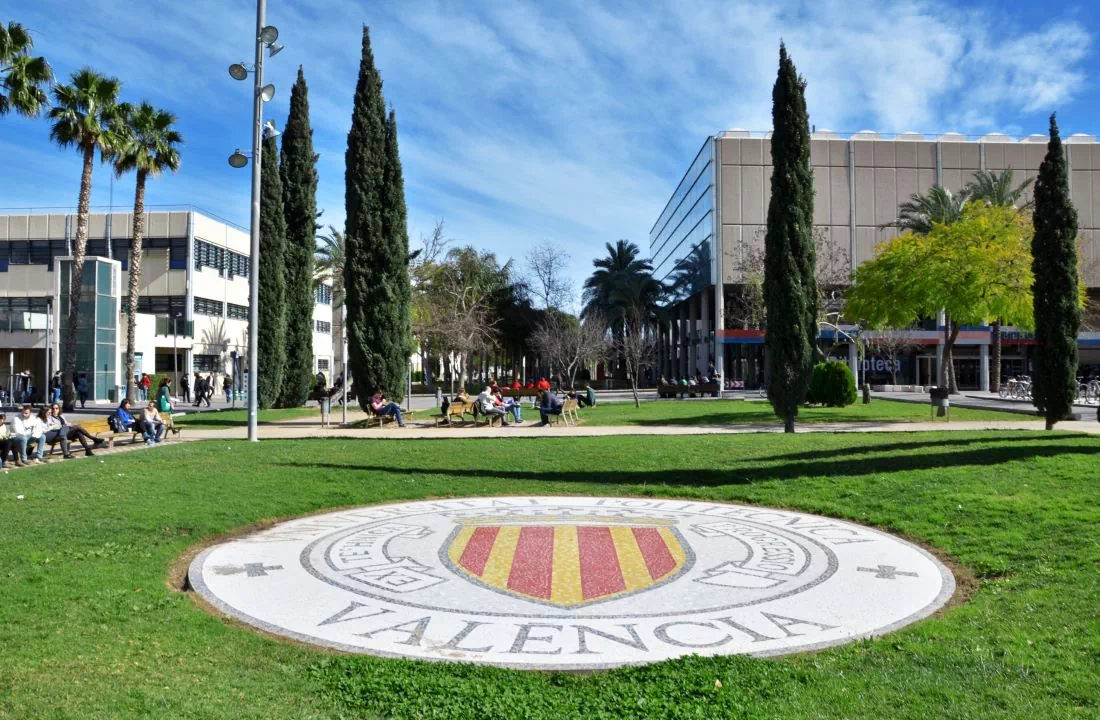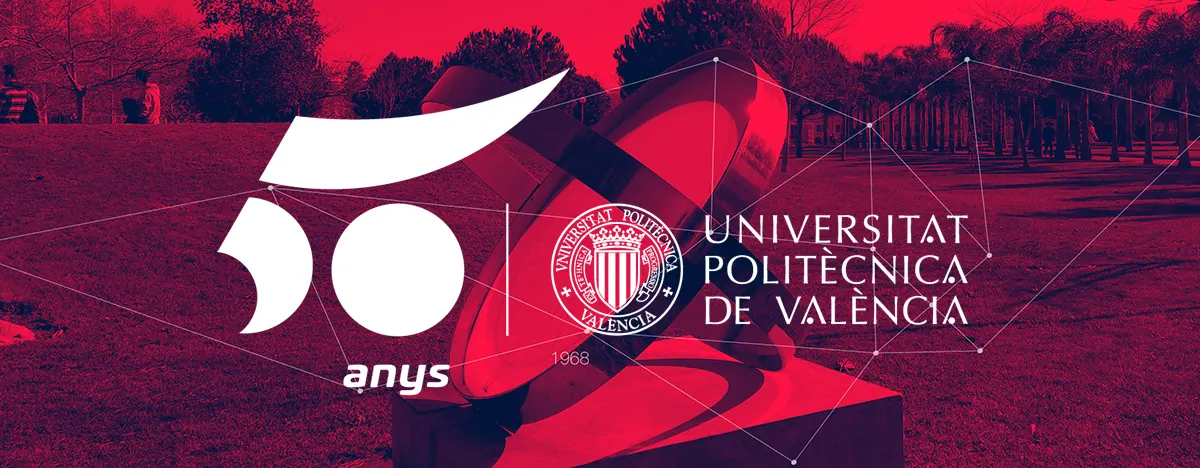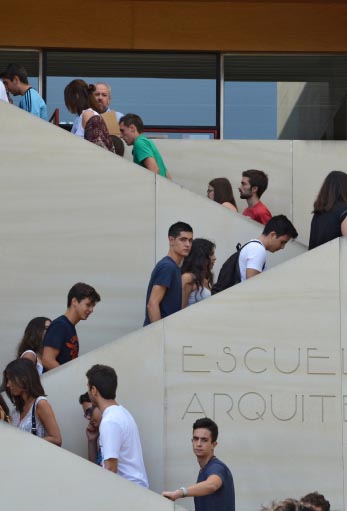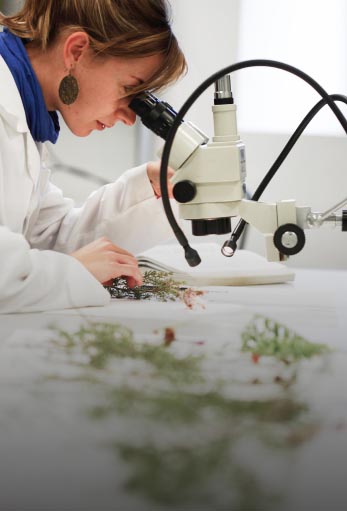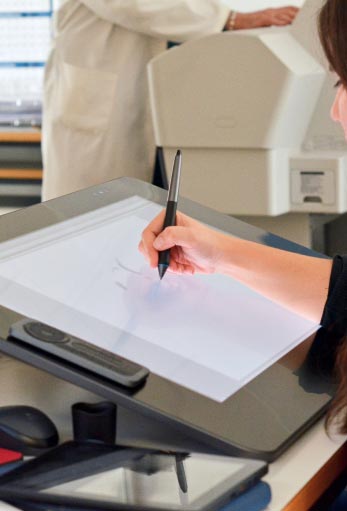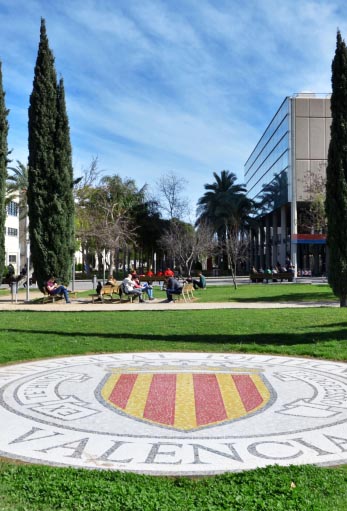The history of the Universitat Politècnica de València dates back to 1968 when the Instituto Politécnico Superior de Valencia (IPSV), by Decree Law 5/1968 of 6 June 1968 on Urgent University Restructuring Measures and four months later, in the Decree 2731/1968 of 24 October 1968, the centres that will constitute the IPSV are determined:
- The School of Agricultural Engineering
- The School of Architecture
- The Higher Technical School of Civil Engineering
- The School of Industrial Engineering (ETSII)
which integrated in the 1968-69 academic year the Agronomy studies and the first three courses of Architecture, to which were added the first courses of the recently created Higher Technical School of Civil Engineering and the Higher Technical School of Industrial Engineering of Valencia.
The School of Agricultural Engineering (ETSEA) de València had been created by the Decree 1283/1959 of 16 July 1959, and began his academic work in the academic year 1960-61, in the Valencian town of Burjassot, within the former "orange station". Years later, in the 1965-66 academic year, their facilities were moved from Burjassot to a new building designed for the purpose, in the old Paseo de Valencia al Mar, number 21 (today, Avenida de Blasco Ibáñez) in the city. And it was in the early 1980s when it moved definitively to its current location on the Vera campus.
The existence of agronomic engineering studies in the Valencian Community was an urgent need given the productive potential of its agricultural sector. The results achieved through the graduating classes of agronomists and the institution's contributions in the academic, training and research fields have been and continue to be of great value, and have been recognised by Valencian, national and international society.
Chronologically, it is the second school of agronomists in Spain, preceded only by the school of agronomists in Madrid, created in 1855.
After forty years of operation as ETSEA, from 1960 to 2010, the school decided in 2010 to merge with the former University School of Agricultural Engineering of the UPV, in turn transformed in 2002 into the Higher Technical School of Rural Environment and Oenology, to create a single centre, resulting from the integration of both, with the current name of Higher Technical School of Agricultural Engineering and Natural Environment (ETSEAMN).
The School of Architecture (ETSA) de València was created on 24 October 1968, although two years earlier, in 1966, in the old Palacio de la Exposición, the first classes of these studies were given in Valencia, acting as a delegated section of the School of Architecture of Barcelona. Since its inception, this school has had a decisive influence on the configuration of the city of Valencia and its surroundings.
Chronologically, it is the third school of architecture in Spain, after Madrid and Barcelona, created in 1844 and 1875, respectively.
The Higher Technical School of Civil Engineering (ETSECCP) of València, was also created on 24 October 1968. Its presence responds to the need for growth and improvement of the infrastructures implicit in the development plans of the 1960s in Spain, and in particular in the Mediterranean corridor. This led to the intensification of engineering studies in these specialities, increasing the teaching offer and, consequently, the number of qualified professionals. Since its beginnings, it has been and continues to be a pioneering centre in the integration of degrees and a national reference.
Chronologically, it is the third road school in Spain, after the one in Madrid, created in 1802, and the one in Santander, founded in 1963.
The School of Industrial Engineering (ETSII) de València was created ex novo by decree in 1968. Although in the mid-19th century, in view of the need to strengthen the industrial fabric, the creation of special schools of higher education in different parts of Spain had already been proposed. It was in the 20th century, in a new economic context, when a significant number of these higher schools were definitively created, including the ETSII of Valencia, which has been an important support for the establishment of leading industrial companies in the Region and, above all, in the educational field, as it has trained thousands of graduates who exercise this professional activity within and beyond our borders.
Chronologically, it is the sixth industrial engineering school in Spain, after Barcelona (1851), Bilbao (1899), Madrid (1901), Tarrasa (1962) and Seville (1963).
